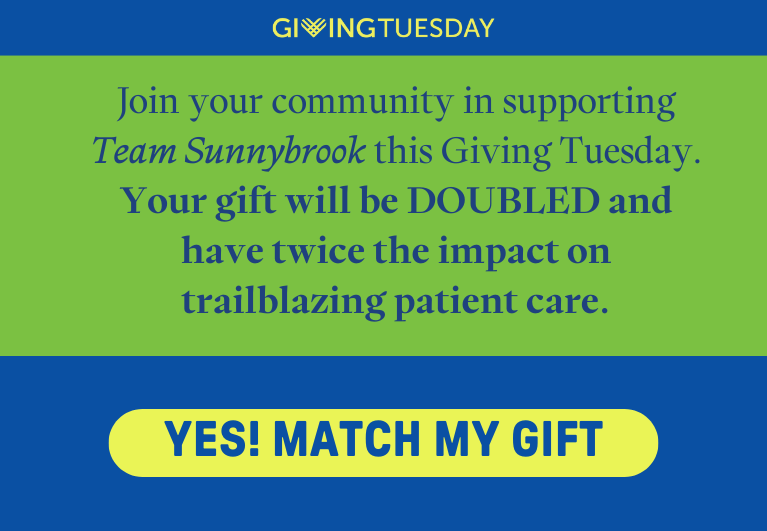Pain Control
Discomfort after surgery is a normal part of the healing process for most patients. However, over 30 per cent of all patients suffer severe pain after surgery, which can lead to poor recovery and chronic pain. Uncontrolled pain can also potentially produce damaging effects on the heart and lungs.
Dr. Colin McCartney, an anesthesiologist at Sunnybrook’s Holland Orthopaedic & Arthritic Centre, leads a team of experts to promote the latest innovations in pain management with the goal of improving the post-operative experience and to help patients return to their daily activities sooner. Through a unique method called preventive analgesia, patients are given a combination of pain medications before surgery and continuing for several days after surgery in order to reduce the levels of pain they might typically experience.
At the Holland Centre, pain management starts early; every patient is evaluated by an anesthesiologist in the pre-operative clinic about two weeks before surgery. At this time, aspects of anesthetic care are discussed in a calm environment where patients can properly evaluate the benefits and risks of the common approaches to pain relief. Nerve block techniques, common in the Holland Centre because of their superior pain relief, are often used instead of general anesthesia, and this is discussed in depth with the patient. The patient is then made aware of the preventive pain medication regime that they can expect to be prescribed when they are admitted to the hospital. Prolonged pain relief is provided by applying a local anesthetic (pain reliever) around the nerves that supply the surgical site. This treatment is only stopped two to three days after surgery when the patient requires a less potent pain reliever.
Despite its clear benefits, preventive analgesic methods including nerve blocks are the exception rather than the rule in many hospitals. However, with other staff and scientists at the Holland Centre, Dr. McCartney is investigating how to promote a wider usage of preventive analgesia in medical organizations across Canada.
“Overall, there has been a change in practice for pain control, but since the infrastructure is different in every hospital, anesthesiologists may not have the time, the facilities or the experience to practice these techniques,” notes Dr. McCartney. “Changing people’s practices is also difficult. For example, physicians tend to be very conservative and are reluctant to make changes in practice until they study the evidence themselves to understand how it applies to their own patient population. Like most professionals, physicians often learn by personal experience and that includes what works well in their own practice.”











